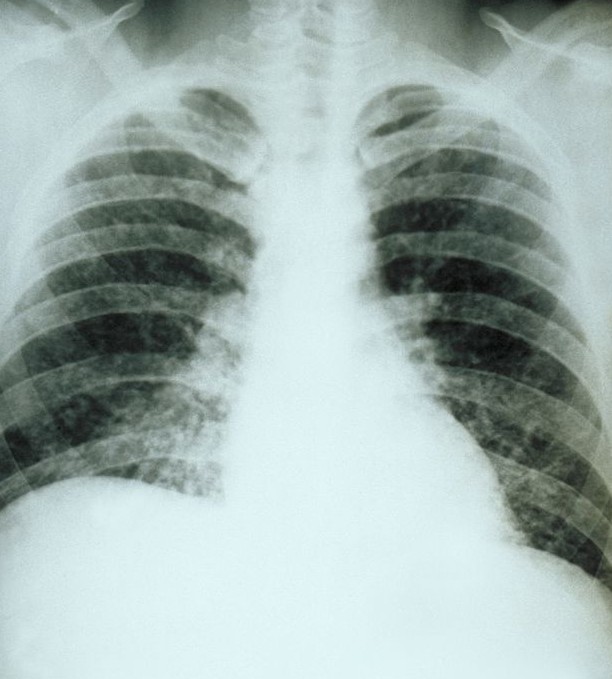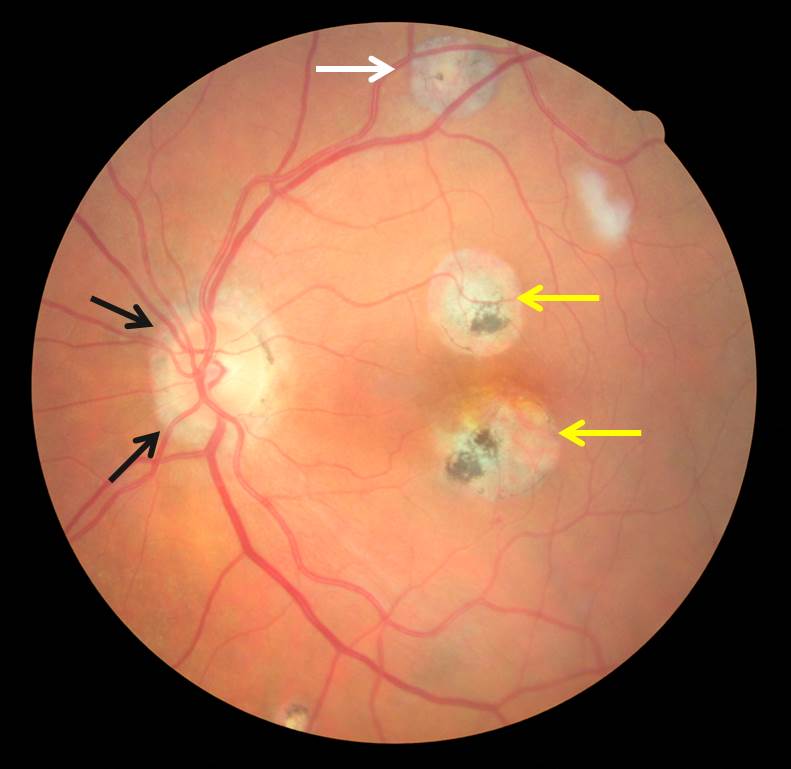Histoplasmosis is something that most people living in the Ohio River Valley (aka the”Histo-Belt”) have probably heard about.
If not and you live the Ohio or Mississippi River Valleys, the CDC estimates there is up to a 90% chance that you have been exposed. Given that Histoplasmosis can have severe complications to multiple organ systems, including the eyes, it’s something we think you should know more about.
Here we will look to demystify Histoplasmosis and explain:
- What is it
- How infection occurs
- What symptoms it causes
- How common is it
- Who gets it
- Why Histoplasmosis can cause blindness
- How this condition is treated
What is Histoplasmosis?
Histoplasmosis actually starts as an infection caused by the fungus Histoplasma capsulatum. This fungus is naturally found in the droppings of birds and bats and resides in the soil. The spores of this fungus are often disturbed by construction or farming of contaminated soil and become airborne. Exposure to Histoplasmosis occurs from inhaling the airborne spores into the lungs which becomes the primary infection site.
Acute Histoplasmosis infection in the lungs usually begins 3 to 14 days after the primary exposure and the symptoms include:
- Fever

- Chills
- Chest Pain
- Coughing
- Muscle Aches
The severity of the initial symptoms are extremely variable. The vast majority of Histoplasmosis infections are either symptom free or simply get written off as a mild case of the flu. Mild to moderate cases pass without note because the body is usually able to recover within a few days to a week. In certain cases however, like infants, the elderly, or the immunocompromised, the primary infection can be deadly and needs prompt treatment with antifungal medication.
Since the acute infection from Histoplasmosis is in the lungs, it is very common to have some evidence of a past infection, even if that infection was mild and non-diagnosed. Many times these findings are only uncovered years later with routine imaging through X-ray or CT scans (as seen right).
Who Gets Infected with Histoplasmosis
 Any one, of any age, race, gender, or ethnicity is at risk for exposure and infection from the Histoplasmosis fungus. Those of us that reside in the Histo-Belt (Ohio and Mississippi River Valleys) are at a particularly high risk.
Any one, of any age, race, gender, or ethnicity is at risk for exposure and infection from the Histoplasmosis fungus. Those of us that reside in the Histo-Belt (Ohio and Mississippi River Valleys) are at a particularly high risk.
The CDC estimates that exposure to these fungal spores in this region reaches endemic levels of as high as 90% exposure.
People at particularly high risk of infection include those in construction, aggriculture, roofing, and those who have grown up around birds or on a farm.
This is an Eye Doctor Blog, Right?
 Yes, yes, I didn’t forget the eyes.
Yes, yes, I didn’t forget the eyes.
While the lungs are the primary infection site for Histoplasmosis, a unknown but small percentage of patients exposed to Histoplasmosis will also develop an infection in choroid layer of their eye (vascularized layer behind the retina: healthy retina pictured at Left).
Just like the lung infection, the initial eye infection usually resolved without any treatment or knowledge that the infection occurred. The initial infection does, however, leave a very characteristic pattern of damage.
This pattern is something that eye doctors in this area see very, very often and is called the Histoplasmosis Triad.
The Ocular Histoplasmosis Triad
As the name implies, there are three distinct changes that are commonly seen in patient with a history of Histoplasmosis exposure/infection.
-
Peripapillary atrophy or scarring around the optic nerve that leaves the back of the eye and transfer visual information to the brain (Black arrows)
-
Punched our peripheral scars around the outside of the retina called “Histo Spots” (White arrow)
-
Scarring of the choroid in the Macula (center part of vision where you see 20/20, Yellow arrows)
While the first two Histoplasmosis changes are benign and do not progress or threaten vision. Scarring in the macula can be a sight threatening condition.
The risk here is NOT of infection or a reactivation of the fungus, although that is possible. The problem here is that for an unknown reason and often times decades after the initial infection, the scarred areas at the center of vision tend to develop and grow new blood vessels. These new blood vessels cause leaking and bleeding in this very sensitive area and require immediate treatment. These new blood vessels develop in a similar way to Wet Macular Degeneration which was discussed in another post.
There are several forms of treatment for these blood vessel nets, I’d encourage anyone wanting to know more about the treatment to visit Bennett and Bloom Eye Center’s excellent page on this topic.
Dr. Wolf! First you made me scared of Cats… now I’m scared of Birds…
The take home message about Histoplasmosis is that in the Ohio River Valley, exposure and sub-clinical infection is EXTREMELY common.
Most of the time, even if some ocular changes are found, there is little to no risk of progression or blindness.
What IS critical; is that if areas of scarring from Histoplasmosis are present in the center part of vision, they should be thoroughly investigated, tested, and monitored closely.
Most importantly, with Histoplasmosis so common around here, this is just yet another reason to get yearly eye exams.
Take care of those eyeballs!
– Nick Wolf, OD
Additional Resources
National Eye Institute website on Histoplasmosis



